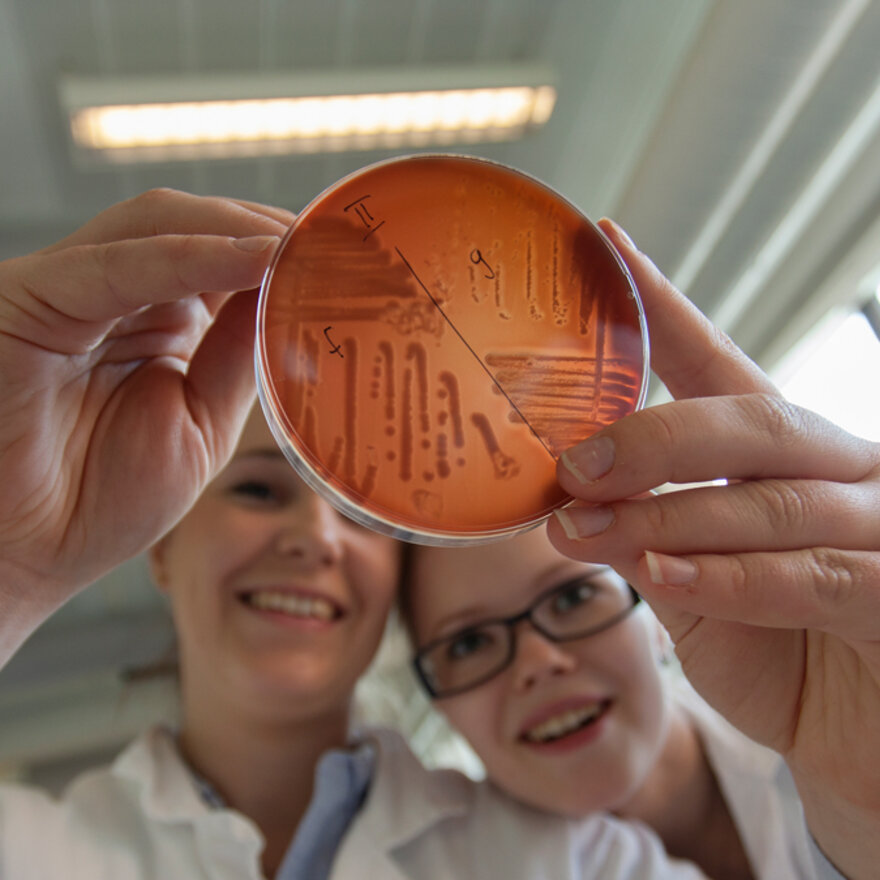
parafag
Department of Paraclinical Sciences
The Department of Paraclinical Sciences researches and conducts research at a high international level on food safety and fish and animal health.
We research and teach in the fields of bacteriology, mycology, virology, parasitology, pharmacology, toxicology and nutrition related to fish and animal health and food safety.
We also assist public and private actors with our knowledge.
About the department
The department's main tasks are to provide research-based teaching to veterinary and animal care students, as well as to conduct research in microbiology (bacteriology, mycology and virology), parasitology, pharmacology, toxicology and nutrition related to fish and animal health, food safety and the environment. We also assist public and private actors with our knowledge.
The department runs a bacteriological and parasitological diagnostic service aimed at internal and external animal clinics. We have laboratories with a national reference function in selected areas within bacteriology, virology, parasitology and toxicology related to food safety and the environment.
The subject units participate in a large number of research projects and accept commissions from private and public actors.
Teaching
Research
Administrative support
Units
Management and employees at Parafag
Administrative Services
Referance functions